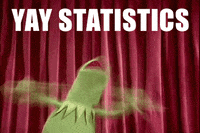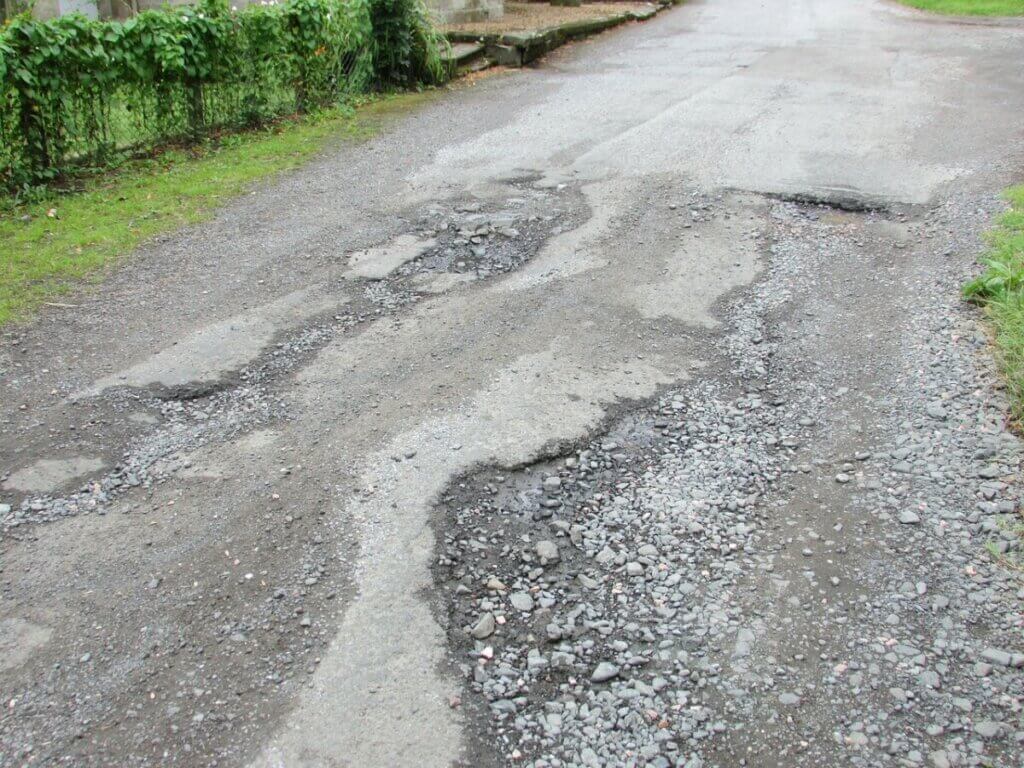It’s safe to say that you might have heard some buzz around getting counted in this year’s census. Maybe a lingering curiosity has crept into the corners of your mind? Then you find yourself wondering:
"How did the census come to be? Why is it important to be counted?"
Let’s take a trip back to the start of this longstanding tradition.


Brief History of The Census
Rewind. It’s 1790, and our country’s first President, George Washington, is guiding the nation. For the first census, marshals of the U.S. judicial districts visited every household with hand-written forms to collect data on the people living in each home. Talk about a stark contrast to how we’re doing things in modern times!

The census results were then posted in two of the most public places of any community or jurisdiction for all to see. In fact, it wasn’t until 1879 that Census data became private and protected (I think I just heard the Data Security Industry roll over in its grave).
Almost 100 years later in 1880, population count was up from 4 to 50 million, and the forms of data being collected had evolved to include population as well as social and economic statistics.

The process and people involved with the census ebbed and flowed with the changing times. As we get closer to the 21st century, we see innovations like the first
Visual Learner? Check out this infographic!
Why is participating in the Census important?
Background information is excellent, but let’s get down to how the census can impact your life and your community!
The data collected during each census is used to make funding, legislative, and business decisions for the next ten years. That’s a long time to go underrepresented and underfunded. The number of seats each state has in the House of Representatives depends on the number of people living in a particular area, which is, you guessed it, impacted by the census data.
According to the census website, over 100 programs are funded based on census data (you can see a full list here), and depending on population growth, it shows where new infrastructure like schools, hospitals, roads, and highways are needed. A topic I’ve learned a great deal about over the last year is the impact federal funding has on a local community’s infrastructure. There is more often than not a shortage of resources for necessary improvements around things like water, bridges, and roads. This remedy redirects the burden to the taxpayers as these communities look to local or state taxes for relief. With a great deal of the United States’ infrastructure in need of a major makeover and the cost to repair just one mile of road coming in at $1 million, every single person makes a difference in gaining funding.
In the grand scheme of things, quality data is a valuable tool that can help us make objective decisions to use our limited resources. The census is just one example of how we can choose to participate in the current conversation as we continue to strive to improve the quality of life for all people.
So, are you ready to come to your census?
Sources
Additional resources to learn more about using data for infrastructure management:
Go Remote with RoadBotics at one of our weekly web event!
The Ease of Self-Collection with RoadBotics







